Photo by Max Bender/Unsplash.
Today only about 20% of the terrestrial, ice-free surface of the Earth can be described as “wildlands” – land with little or no human habitation. The traditional biome classification that ecologists have used to describe the Earth (e.g., tundra, grasslands, temperate forests) is becoming increasingly less applicable and outdated due to a rise in human population. Most of the Earth’s land surface can now be classified as some category of anthropogenic environment, or “anthrome,” which is an area highly modified to serve human purposes.
Today, if we are to practice creation care, our actions should not be confined to “natural environments” but also occur where people are increasingly residing. The care of creation must happen in the city.
The world’s most human-dominated anthromes are cities, which present an entirely new kind of ecosystem. Today more than half of the world’s nearly eight billion inhabitants live in urban areas, including more than 80% of people in the United States. By 2030, it has been projected that urban land cover will have increased by 1.2 million square kilometers, nearly three times the urban coverage in 2000. This increase will not only be an expansion of existing cities but also a development of new urban areas in many biodiversity-rich regions. More than a quarter of amphibian, mammal, and reptile species will be adversely affected by urban expansion in the next ten years. Yet, the growth of urban areas does not merely pose a threat to extinction of species, but to the extinction of experience between human beings and the rest of God’s good creation. Today, if we are to practice creation care, our actions should not be confined to “natural environments” but also occur where people are increasingly residing. The care of creation must happen in the city.
Committed to pursuing its mission to “inspire and educate people to serve, protect and restore God’s earth,” the Au Sable Institute, in cooperation with North Park University, will launch its newest program, Au Sable - Chicago, on North Park’s campus in Chicago, Illinois, USA. As one of the world’s megacities, the Greater Chicago Area is home to nearly 10 million people and has a long history of conservation efforts with leadership from the Lincoln Park and Brookfield Zoos, Shedd Aquarium, Forest Preserve System, Chicago Wilderness Program, other non-governmental conservation organizations, and federal natural resource agencies. Just like Au Sable’s courses in the Great Lakes or Pacific Rim, Au Sable – Chicago will intentionally partner with local institutions, organizations and community groups to offer students a unique place-based learning experience.
“In partnership with North Park University, we are going to Chicago, and start doing creation care where it might be most needed – the city, where human density and need are both at their highest levels.”
Au Sable’s Executive Director, Dr. Fred Van Dyke, explains the basis of Au Sable’s new venture. “I’m glad to have had the opportunity to spend extended periods of my life in wild places. The beauty and power of the species that live there must never perish from the Earth. But I have also come to see that we cannot treat cities as places that are “lost” to conservation, and we can’t disrespect urban residents by assuming that they have no role to play, and no concerns to express, in creation’s care. In partnership with North Park University, we are going to Chicago, and start doing creation care where it might be most needed – the city, where human density and need are both at their highest levels.”
Au Sable has designed new courses that will take full advantage of its urban location, offering Urban Environmental Chemistry, Urban Environmental Justice, Urban Wildlife Ecology, and an adapted course in Environmental Law and Policy.. Au Sable’s Professor of Environmental Law and Policy, Rachel Lamb, Flagship Fellow of the University of Maryland, will serve as Program Director for the Chicago campus. “Students will have an opportunity to hone their scientific skills while recognizing that conservation science requires serious engagement with the political, economic and social structures that influence its success,” explains Lamb. “Chicago, like many global cities, is home to incredible resources that can be used to further environmental protection and restoration. Together we will explore the best practices that bind local community concerns to global stewardship.”
Au Sable-Chicago seeks to expand learning opportunities to a broader student audience, encouraging the development of place-based conservation efforts in both urban and natural ecosystems. As Dr. Brian Keas, Au Sable’s Director of Educational Development, noted, “Many students have grown up in cities and God has placed caring for their home on their hearts. Until now, students could learn principles and skills that could be transferred to the urban environment, but there were fewer opportunities to fully apply them. The new courses in Chicago provide students the amazing opportunity to directly engage with both the people and the natural environment of cities as agents of God’s restoration. Because of the large numbers of people and the corresponding energy and resource use, what is learned and applied in cities not only has a local effect but also contributes to restoration on a global scale. We want Au Sable students to know how their actions can help serve, protect, and restore all of God’s earth.”
There is a lot to learn through Au Sable-Chicago. As the new venture goes forward, all involved will gain a new understanding of how God’s creation inhabits the city as we seek to protect and restore relationships between people and nature within it.

